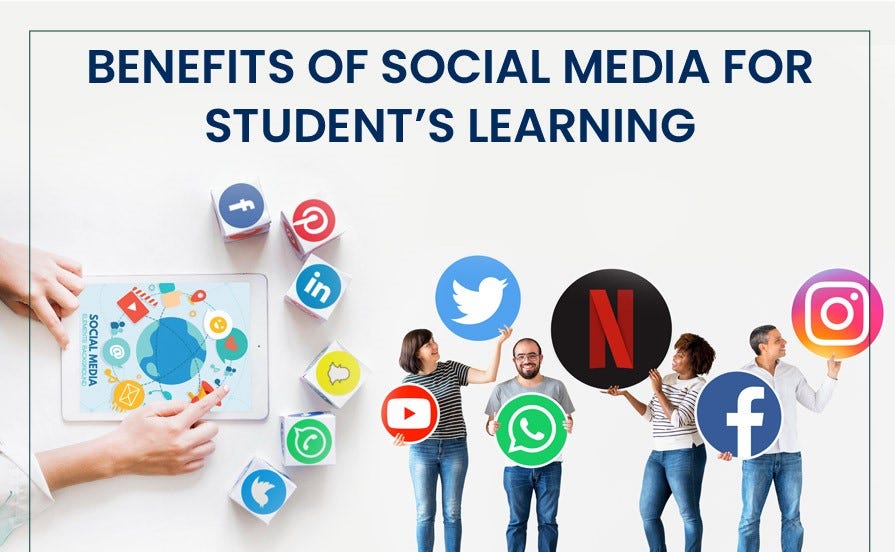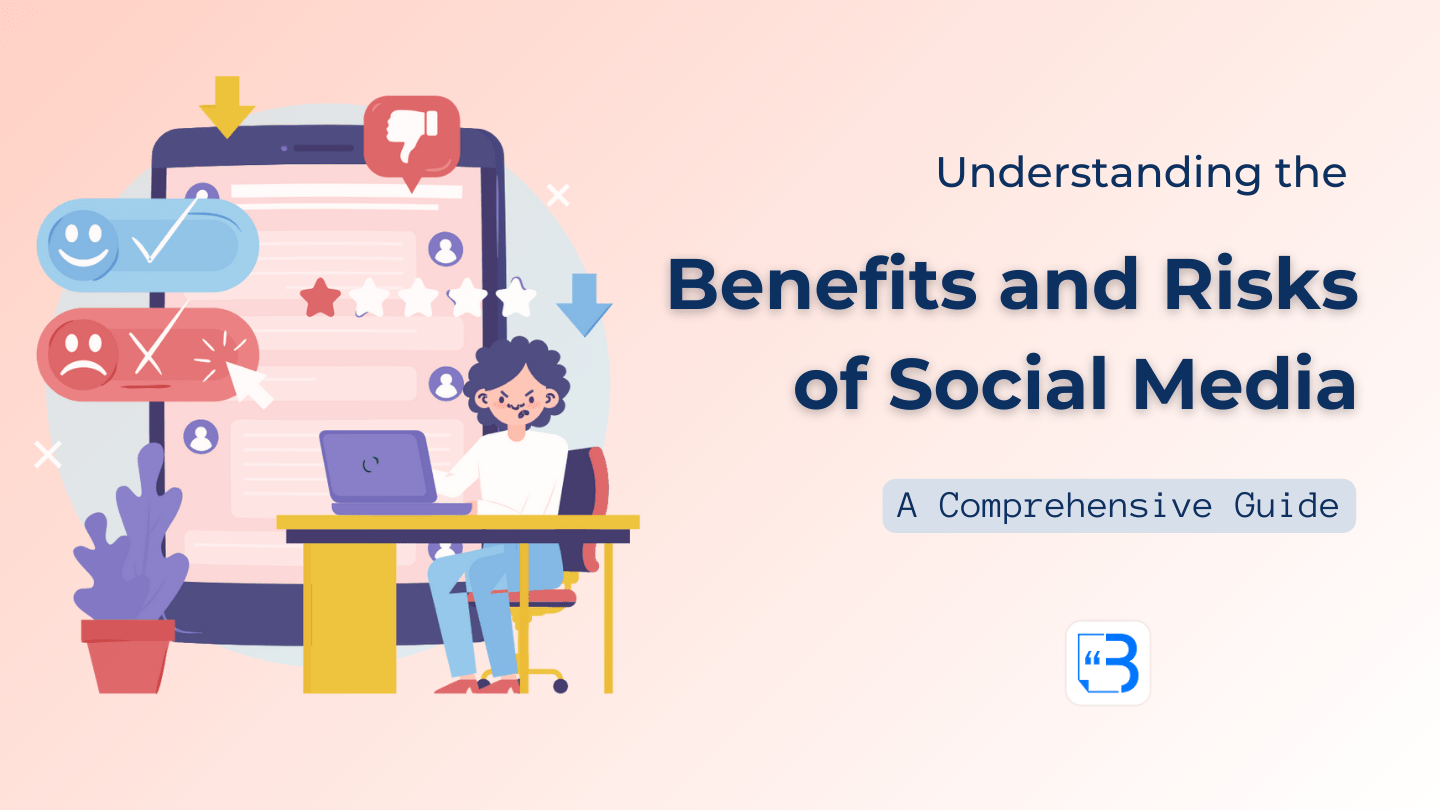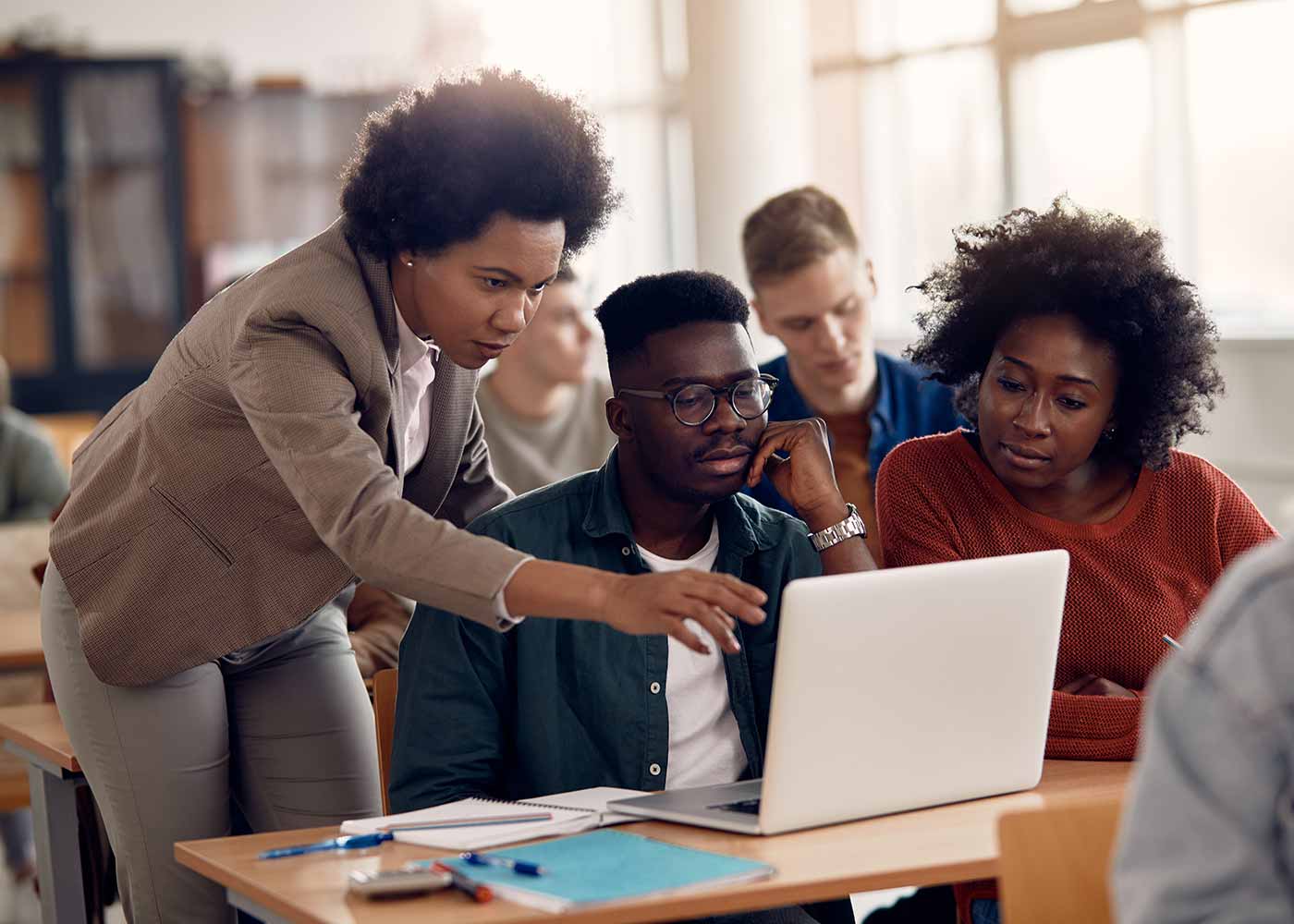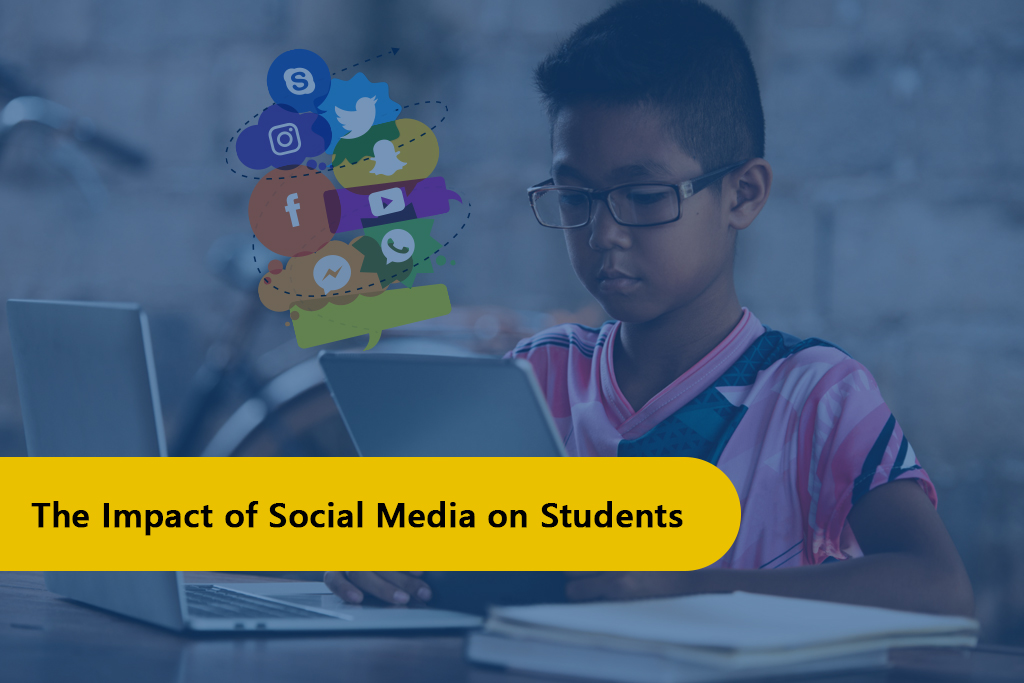
Introduction to Social Media and its Prevalence in Education
Social media has woven itself into the very fabric of our daily lives. From TikTok to Instagram, platforms are not just for sharing memes and selfies anymore; they have become a significant part of education too. As students navigate their learning journeys, social media often plays a dual role—serving as both a helpful tool and a potential distraction.
With an astounding number of young people using these platforms, it’s essential to examine how social media impacts student behavior and learning outcomes. Are these digital interactions enhancing educational experiences or creating hurdles? Let’s dive deeper into this complex relationship and explore the multifaceted influence of social media in today’s classrooms.
Pros of Social Media in Student Learning

Social media can enhance student learning in various ways. It fosters collaboration among peers. Students share resources and knowledge easily, creating a vibrant community of learners.
Access to diverse perspectives is another significant benefit. Platforms allow students to connect with individuals from different backgrounds and cultures, enriching their understanding of global issues.
Additionally, social media can make learning more engaging. Teachers often use platforms like Twitter or Instagram to create interactive lessons that capture students’ attention.
Networking opportunities abound as well. Students can follow industry leaders and educators who share valuable insights related to their fields of interest.
It promotes digital literacy skills essential for the modern workforce. Navigating social media requires critical thinking and responsible communication—qualities vital for future success in any career path.
Cons of Social Media on Student Behavior

Social media can lead to detrimental behaviors among students. The constant presence of platforms like Instagram and Snapchat often fosters cyberbullying. Anonymity makes it easier for individuals to target others without facing immediate consequences.
Additionally, time spent on social media can detract from academic responsibilities. Students may prioritize scrolling through feeds over completing assignments or studying for exams. This shift in focus affects their learning outcomes.
Another concern is the pressure to curate a perfect online image. Many students feel compelled to conform to unrealistic standards set by peers or influencers, leading to anxiety and low self-esteem.
Social interactions on these platforms sometimes replace face-to-face communication. As a result, essential social skills may not develop as effectively, leaving students at a disadvantage in real-world interactions.
These factors combine, illustrating how social media’s influence significantly impacts student behavior in both subtle and overt ways.
Maintaining a balance between supervision and autonomy helps create a learning environment in which students feel both supported and responsible for their online behavior.
The Role of Parents and Educators in Monitoring Social Media Use
Guiding students’ use of social media is a critical responsibility of parents and teachers. Their participation can influence constructive online relationships.
Honest communication is crucial. Parents should talk to their kids about the material they are exposed to and urge them to think critically about what they see. Students can now voice worries or personal experiences in a safe environment.
Conversely, teachers can incorporate digital citizenship courses into their curricula. Promoting ethical online conduct raises awareness of the possible drawbacks of social media use.
Additionally useful are monitoring tools. By using apps that monitor usage, educators and parents may better understand students’ online habits and how much time they spend on various platforms.
Strategies for Managing Social Media Distractions

One effective strategy is to set specific times for social media use. This creates a structured routine that allows students to engage with their platforms without sacrificing study time.
Another approach is using apps designed to limit distractions. Tools like Forest or Focus@Will can help maintain concentration during homework sessions.
Encouraging breaks can also be beneficial. Short intervals away from screens allow the brain to recharge, enhancing overall focus when it’s time to study again.
Establishing clear boundaries around devices is crucial too. Designating certain areas as “no phone zones” helps in creating a distraction-free environment conducive to learning.
Fostering open discussions about social media’s impact on behavior and interactions makes students more aware of their habits, promoting self-regulation and mindful usage while studying.
The Connection Between Social Media and Mental Health
:max_bytes(150000):strip_icc()/link-between-social-media-and-mental-health-5089347-color-withtext-54a445186bb44974b059ac7b6494bcdf.gif)
Social media serves as both a tool and a trigger for mental health in students. On one hand, it fosters connections, helping them build relationships with peers. This sense of belonging can boost self-esteem and provide emotional support.
However, the dark side looms large. Constant exposure to curated lives can lead to feelings of inadequacy among students. They might compare themselves unfavorably to others’ highlights, affecting their self-worth.
Cyberbullying is another serious concern. It creates an environment where negative interactions thrive, leading to anxiety and depression.
Interestingly, social media also offers resources for mental wellness. Students often share coping strategies or seek help through online communities.
Thus, while platforms can enhance student interactions positively, they also pose risks that cannot be ignored. Balancing these aspects becomes essential for nurturing healthy minds amidst digital chaos.
Balancing the Benefits and Risks of Social Media in Education

Navigating the world of social media in education can be challenging. On one hand, it offers students a platform for collaboration and creative expression. They can share ideas, participate in discussions, and access resources that enhance their learning experience.
On the other hand, excessive use can lead to distractions that hinder academic performance. Students may struggle with time management when constantly checking notifications or engaging in online interactions.
Finding a balance is crucial. Educators must encourage responsible usage while fostering an environment where technology enhances learning rather than detracts from it.
This dual approach requires ongoing dialogue between students, parents, and teachers about acceptable practices on social platforms. By establishing clear guidelines and expectations around social media use, schools can harness its potential without compromising student behavior or focus on studies.
Case Studies: Schools Implementing Successful Social Media Policies

Several schools have taken innovative approaches to harness the power of social media while minimizing its drawbacks. For instance, a high school in Texas developed a structured social media curriculum. Students learned about digital citizenship, online etiquette, and the potential consequences of their online actions.
In another case, a California middle school introduced regular workshops for both students and parents. These sessions focused on responsible use of platforms like Instagram and Snapchat. The goal was to ensure everyone understood the impact of their interactions online.
A district in New York created a dedicated task force that monitored student behavior related to social media usage. They provided resources for educators to better address issues arising from inappropriate content or cyberbullying effectively.
These examples illustrate how proactive policies can lead to healthier relationships with technology among students while enhancing their learning experience through guided engagement.
Tips

Navigating the world of social media can be tricky for both students and educators. Here are some practical tips to foster a healthy relationship with social media while maximizing its benefits in education.
First, encourage open discussions about social media among students. Create an environment where they feel comfortable sharing their experiences, concerns, and insights regarding their online interactions. This will help them develop critical thinking skills around digital content.
Second, set clear guidelines for appropriate use of social media within educational settings. Develop policies that outline acceptable behavior during school hours and on school-related platforms. This could include restrictions on certain types of posts or interactions that may disrupt learning.
Third, incorporate lessons on digital citizenship into the curriculum. Teach students how to navigate online spaces responsibly and respectfully while understanding the implications of their actions in both academic and personal contexts.
Fourth, utilize monitoring tools selectively to keep track of student engagement without infringing on privacy rights. These tools can provide insights into usage patterns but should be used thoughtfully to avoid creating an atmosphere of distrust.
Promote balance by encouraging offline activities alongside online engagement. Encourage hobbies such as sports or arts that require face-to-face interaction with peers; this balance can enhance overall well-being while reducing potential negative impacts associated with excessive screen time.
By implementing these strategies effectively, schools can harness the power of social media for positive learning outcomes while addressing behavioral challenges head-on.




Leave a Reply